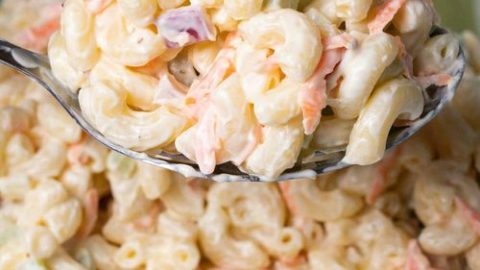Nutritional Profile
Vegetable rice is not just about tantalizing your taste buds; it’s also about offering a meal that’s packed with essential nutrients. The combination of vegetables and rice makes this dish a good source of dietary fiber, vitamins (such as vitamin A, C, and various B vitamins), minerals (including potassium, magnesium, and iron), and antioxidants. The fiber content in vegetable rice helps in digestion and promotes a feeling of fullness, which can aid in weight management. By choosing whole grain rice (such as brown rice) over white rice, you can increase the dish’s fiber and nutrient content even further.
Variations Across the Globe
The beauty of vegetable rice lies in its versatility. Here are a few global variations that highlight this dish’s adaptability:
- Asian Fried Rice: Often made with ingredients like peas, carrots, and green onions, seasoned with soy sauce, and sometimes enhanced with egg or tofu for added protein.
- Indian Vegetable Biryani: A fragrant dish made with basmati rice, a medley of vegetables, and a rich blend of spices, including saffron, which gives it a distinctive color and aroma.
- Spanish Paella: Though traditionally made with seafood or meat, vegetarian versions include a variety of vegetables like bell peppers, peas, and artichokes, seasoned with saffron and paprika.
- Italian Risotto: A creamy rice dish that can be made with a wide range of vegetables, such as mushrooms, asparagus, and pumpkin, cooked slowly with broth and often finished with Parmesan cheese for richness.
Cooking Vegetable Rice at Home
Preparing vegetable rice at home allows you to customize the dish to your taste preferences and dietary needs. Here’s a simple yet flavorful recipe to get you started:





